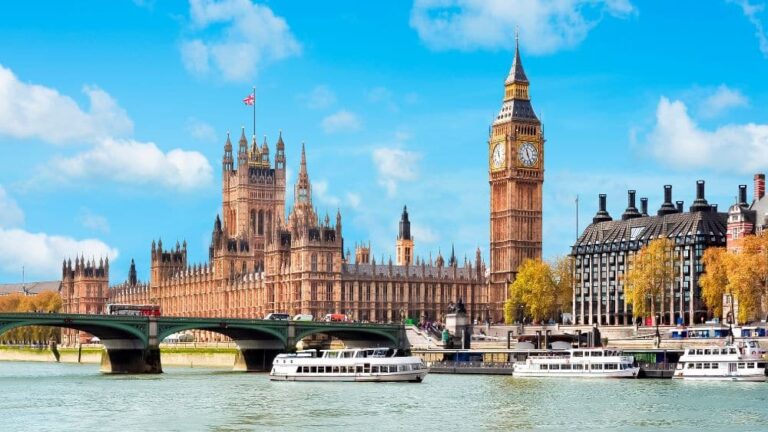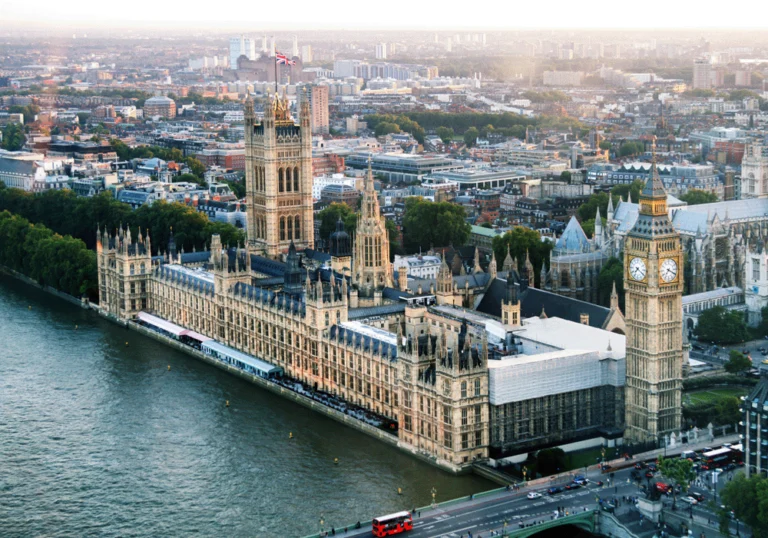
National insurance and living wage increases pile pressure on employers
Once again, employers have been hit hard with a significant increase in costs due to changes to the national living wage (NLW) and national insurance contributions (NICs). In her first Budget since the Labour Government was elected, Chancellor Rachel Reeves mentioned several times that these measures and others were intended to restore economic stability and protect working people.
National living wage
From 1 April 2025, the national living wage (NLW) for workers aged 21 and over will increase by 6.7%, from £11.44 to £12.21 an hour. Once again, this is a significant increase.
Even larger increases have been given to those aged 18-20 (a 16.3% increase, from £8.60 to £10 an hour) and apprentices (a 17.9% increase, from £6.40 to £7.55 an hour).
For the first time ever, these increases have included recommendations from the Low Pay Commission to include a cost-of-living factor. The Government has also committed to having a single adult rate for those over 18, which is being phased in over time, hence the bigger rate increase in the 18- to 20-year-old bracket being the first step towards that.
This represents an increase of around £1,500 to the annual earnings of a full-time worker on the NLW. The NLW has rapidly increased over the last few years, and today’s announcement did not buck that trend. For reference, the previous rates are as follows:
| 2025/26 | £12.21 |
| 2024/25 | £11.44 |
| 2023/24 | £10.42 |
| 2022/23 | £9.50 |
| 2021/22 | £8.92 |
We have heard from clients that the huge increases in NLW over recent years have not just affected the lowest paid workers, but also those in the grades and pay brackets above them. This is because the lowest paid have been catching up at a fast rate, creating pay disparity, and meaning employers are having to push up wages throughout their organisations.
It is worth noting that on top of increased costs in respect of higher wages, additional employers’ national insurance contributions will be due on these amounts.
Employers’ national insurance contributions
The Chancellor announced two big changes to employers’ NICs:
- The threshold at which employers must start paying NICs has been lowered, from £9,100 to £5,000 a year, raising an estimated £22bn
- The rate at which employers pay NICs has been increased by 1.2% to 15%
This results in an average annual tax increase for employers of more than £800 per employee.
Once again, employers are being made to contribute more to the Government, significantly increasing their costs and affecting their opportunities for growth.
Is there any good news for employers?
Unfortunately, it doesn’t look like there is. For each employee, working 37.5 hours a week and paid the NLW, the employer will face additional annual costs of around £1,720 due to increased wages and NIC changes. It looks like the care and hospitality sectors are likely to be hit the hardest.
However, there is an offset for businesses available through the Employment Allowance, which can be applied to a company’s NIC bill. This allowance has been increased from £5,000 to £10,500.
The £100,000 eligibility threshold has also now been removed, giving parity to all employers. This will mean that around 865,000 employers will not pay any NICs, with more than half of all employers paying the same or less in NICs than they currently do.
HM Revenue & Customs (HMRC) estimates that these measures combined will impact around 1.2 million employers from April 2025, with 250,000 employers gaining from the package, 940,000 losing out in net terms and a further 820,000 seeing no change.
The average employer who loses out will see their liabilities increase by around £26,000.
Even with the increase in the Employment Allowance, businesses with lots of lower paid workers are facing substantially larger NIC bills.
Employers are likely to consider dealing with these increased costs in several different ways, such as pay and recruitment freezes, increasing the prices of their goods and services, and trying to find other ways to cut business costs.
Pensions and salary exchange
One of the expected changes in the Budget that did not materialise was around pensions. Whilst surprising given the pre-Budget leaks, this now means that salary exchange schemes, and in particular those relating to low-emission vehicles and pension contributions, are an effective way of reducing an employer’s NIC costs.
We have previously written about these schemes and would encourage all employers with pension schemes to contact us to discuss their options further. The cost savings can be significant and will now be even greater, given the increase in the employers’ NIC rate and lower threshold.
HMRC compliance activity
As discussed in our recent blog, HMRC has a large tax gap to plug. By investing £1.6 billion into HMRC compliance work, the Government hopes to recover some of the “missing” tax revenues that it so badly needs, with the aim of bringing in an additional £6.5m in tax revenue a year by 2029/30.
In the Budget it was announced that 5,000 new HMRC compliance staff and an additional 1,800 debt management staff would be employed, with training for the compliance staff to start in November.
One of the key areas of focus for this HMRC compliance activity will be around umbrella companies. Where used correctly, they act as a payroll bureau, with the employee paying the employers’ NICs and possibly an admin fee. This allows the worker to account for PAYE whilst retaining the freedom of working off-payroll.
However, the industry is rife with bad characters, tax avoidance and fraud. The Government plans to make recruitment agencies responsible for accounting for PAYE on payments made to workers supplied through umbrella companies. Where there is no agency, the responsibility will lie with the end client business. This change will come into effect from April 2026.
For more analysis, visit our Budget hub.












